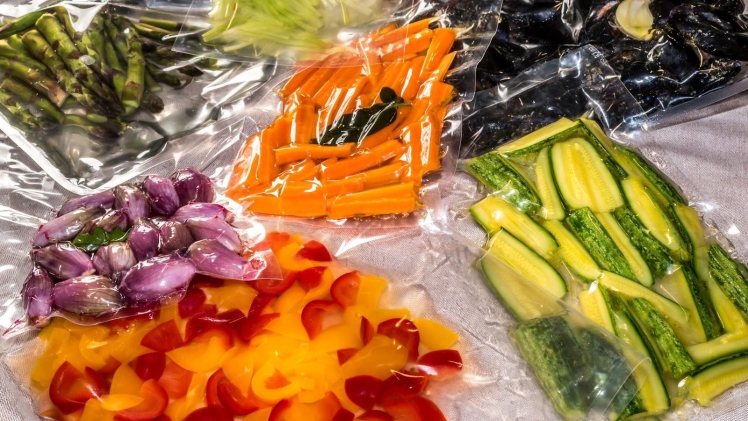In the quest to extend the shelf life of food products and ensure their freshness from farm to table, the science of food sealing plays a pivotal role. This article delves into the various techniques and technologies employed in food sealing, emphasizing how advancements in this field are revolutionizing the way we preserve food. A critical component of assessing the effectiveness of these sealing methods is the seal-check process, which ensures the integrity and quality of the seal.
Understanding food sealing
Food sealing is more than just wrapping up food items; it’s a sophisticated process aimed at preventing the entry of air, contaminants, and microorganisms, which can lead to food spoilage. The goal is to maintain the nutritional value, taste, and safety of food products during storage and transportation.
Vacuum sealing
One of the most popular and effective food sealing techniques is vacuum sealing. This method involves removing all the air from the package before sealing it. By creating an airtight environment, vacuum sealing dramatically slows down the oxidation process, prolongs shelf life, and preserves the quality of food.
Heat sealing
Heat sealing is a process where heat is applied to seal a package, typically made of plastic or a plastic-metallic composite. The heat causes the package material to melt slightly, creating a strong seal that prevents air and moisture from entering. This method is widely used for sealing bags, pouches, and flexible packaging.
Modified atmosphere packaging (MAP)
MAP is a sophisticated sealing technology that modifies the internal atmosphere of the packaging. By adjusting the levels of oxygen, carbon dioxide, and nitrogen within the package, MAP can significantly extend the freshness of perishable goods without the need for preservatives or freezing.
The role of technology in food sealing
Advancements in technology have introduced a range of equipment and materials designed to enhance the effectiveness of food sealing.
Smart sealing devices
Modern sealing devices are equipped with sensors and automation features that ensure precise temperature control, pressure, and timing. This technological sophistication guarantees consistent seal quality across large volumes of products.
Biodegradable sealing materials
The push for sustainability has led to the development of biodegradable and compostable materials for food sealing. These materials offer an environmentally friendly alternative to traditional plastics, without compromising on seal integrity and the protective barrier against contaminants.
Active packaging
Active packaging goes a step further by incorporating substances that actively work to extend the shelf life of the product. These might include oxygen scavengers, ethylene absorbers, or antimicrobial agents, which are integrated into the seal or packaging material.
Ensuring seal integrity
The integrity of a food seal is paramount in preserving freshness. A compromised seal can lead to spoilage, waste, and health risks. The seal-check process involves rigorous testing to ensure that each seal is complete and airtight. This can be achieved through visual inspection, pressure tests, and advanced imaging techniques. Seal-check is a critical quality control measure in the food packaging industry, ensuring that products meet safety and freshness standards before they reach the consumer.
Challenges and future directions
While significant progress has been made in food sealing technologies, challenges remain. These include ensuring the recyclability and sustainability of sealing materials, adapting to the diverse sealing requirements of different food products, and maintaining cost-effectiveness for manufacturers.
Innovations on the horizon
Future innovations in food sealing are likely to focus on enhancing the efficiency and environmental footprint of sealing processes. This could involve the development of new materials that offer superior freshness preservation while being fully recyclable or compostable. Additionally, advances in automation and machine learning could lead to smarter sealing systems that adapt in real-time to optimize seal integrity.
The science of food sealing is a critical component of modern food preservation strategies. Techniques such as vacuum sealing, heat sealing, and modified atmosphere packaging, alongside advancements in sealing technologies, are essential in maintaining the freshness, safety, and quality of food products. The seal-check process plays a crucial role in ensuring the effectiveness of these sealing methods, safeguarding against spoilage and waste. As we look to the future, continued innovation in food sealing technologies will be vital in meeting the growing demand for sustainable, safe, and high-quality food packaging solutions.

